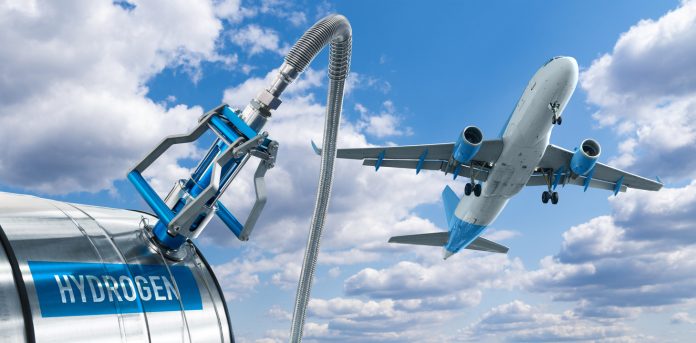Philip Thomson and James Wyatt, Energy Transactional Partners at Baker & McKenzie LLP in London, provide insight on the UK’s approach to decarbonising aviation fuels
Aviation remains one of the most challenging sectors to decarbonise, and the UK’s pathway to net zero will depend on scaling up Sustainable Aviation Fuel (SAF) production. The SAF mandate and the revenue certainty mechanism (RCM) are the key policy instruments which form the backbone of this effort. These instruments have been areas of policy consistency across the previous Conservative and current Labour governments.
The SAF mandate
The SAF mandate is a policy mechanism designed to secure demand for SAF by:
- Obliging fuel suppliers in the UK to supply an increasing proportion of SAF in the overall UK aviation fuel mix
- Incentivising SAF supply through the award of tradeable certificates with a cash value – the number of certificates will be issued in proportion to the level of GHG emission reductions achieved by the fuel delivered.
To qualify under the SAF mandate, fuels must achieve a minimum of 40% reduction in GHG emissions, measured on a lifecycle basis.
The SAF mandate consists of two obligations: the main obligation and the power-to-liquid obligation. The main obligation begins at 2% of the total fossil jet fuel supplied in 2025 and will increase annually to 10% in 2030, and then to 22% in 2040. The power-to-liquid obligation takes effect in 2028 at 0.2% of total jet fuel demand and will increase to 3.5% of total jet fuel demand in 2040. Both obligations include a buy-out mechanism that facilitates compliance when suppliers are unable to secure a supply of SAF.
To provide policy support for SAF technologies that do not rely on hydroprocessed esters and fatty acids (HEFA) and to mitigate the risk that the aviation sector crowds out other sources of demand for first-generation biofuels, the SAF Mandate caps the contribution of HEFA to the main obligation at 100% of SAF demand in 2025-26, tapering to 71% in 2030 and 35% in 2040.
The UK government has indicated that the 2040 SAF targets will remain at the same level beyond 2040, but will be kept under review and updated to reflect how the market evolves. Early reports for 2025 suggest that the uptake of SAF has fallen below targets, and airlines are voicing concerns about limited supply, potential buy-out liabilities, and competitive disadvantages compared to carriers whose route networks leave them less exposed to the UK and EU SAF mandates.
The UK government estimates that the SAF mandate could deliver up to 6.3 megatonnes of carbon savings annually by 2040.
The Revenue Certainty Mechanism
While the SAF mandate is expected to secure demand for SAF, it does not guarantee SAF producers a fixed price for their product – a key requirement both for scaling up production beyond the inherent limits determined by the availability of qualifying HEFA and for bridging the cost gap between production and sale. The RCM is intended to address these issues for producers of 2nd and 3rd generation SAF (which exclude HEFA).
The RCM is expected to be based on the contract for differences scheme familiar to the financing markets from its use in low-carbon electricity generation. It would guarantee SAF producers a fixed price over a defined period, funded by the fuel suppliers who are subject to the SAF mandate. The legislation for the RCM is progressing through Parliament. However, much of the important detail remains unresolved (notably, how the reference price will be calculated in the absence of a liquid SAF market).
The RCM will be key to the investability of 2nd and 3rd generation SAF projects, but experience from the UK’s clean hydrogen and CCS markets shows that a revenue mechanism alone does not ensure rapid deployment. Developers in those sectors have reported frustration over the slow rollout of funding, uncertainty regarding project timelines, permitting delays, and infrastructure gaps (to name a few).
The SAF market in the UK is at a critical early growth phase, full of potential but facing structural and logistical challenges. By applying insights from early clean hydrogen and CCS projects, we think the UK government can establish a clear flightpath for sustainable aviation.











